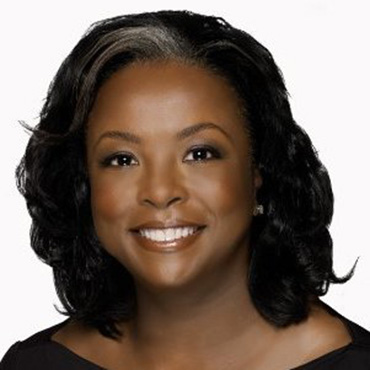Big changes coming to VA OI&T

Some 100 days into her tenure, Department of Veterans Affairs CIO LaVerne Council is reshaping one of the government's biggest civilian side IT shops.

VA CIO LaVerne Council is reshaping one of the government's biggest civilian side IT shops.
LaVerne Council, the new IT chief at the Department of Veterans Affairs, knows that details don't inspire a crowd.
In her public debut in her new role after about 100 days on the job, Council outlined her plans for re-energizing and reprogramming the VA's Office of Information and Technology. At an Oct. 16 event hosted by the Government IT Executive Council, she shared a new mission statement and a new vision statement, and promised action in closing long-standing information security weaknesses but didn't get bogged down in specifics.
Council did say that she had rejected the advice of those who said that government was "too slow" and that it was too hard for a political appointee to do big things in the waning days of an administration.
In an interview after her talk, Council offered more specifics, telling FCW that she's building out OI&T in several areas. She's establishing a new account management organization that is designed to service partnerships between OI&T and key business partners across VA that administer health, benefits and cemeteries.
"This is a major opportunity for an organization of the size and complexity of VA to really show how we can work as a team," Council said.
She's also establishing an enterprise portfolio management office to govern projects, make sure everything at OI&T is consistent with its enterprise architecture, and "get core synergies on our solutions and deliver faster, and more effective solutions to the organization," she said.
Council is looking to centralize quality compliance and risk management, as part of her effort to punch out the "material weaknesses" identified year after year on the VA's FISMA audits conducted by the Office of the Inspector General.
Data management will be broken out as a separate organization, Council said, to stress the importance of efforts to get VA's homegrown electronic health record system VistA to interoperate with current and future Department of Defense systems.
Council also noted that it was critical to get the individual instances of VistA, housed at the big regional medical centers, to work together internally – an effort underway before Council's appointment.
"Certainly being independent works great for that facility, but if I'm the veteran wanting to move from facility A to facility B to facility C, the burden is on me, and it shouldn't be," she said.
A project called the Enterprise Health Management Platform is working to bridge those gaps, but Council said that more standardization of Vista could be in the offing -- whether that takes the form of a single standard, regional standards, or putting the system in a single cloud to promote better data integration.
She also clarified that her "buy first" strategy, which she promoted at GITEC, does not have implications for the continued internal development of Vista.
"The concept of 'buy first' is a thinking strategy," Council said. "Vista is core to the VHA organization, but what also should be core to IT is always thinking about what's state of the art. Buy first asks us to ask this question at the beginning. Buy first makes you stop and say, 'I guess I better be looking at what else is out there that might be better" than what currently exists, she said. "It's focusing us to ask ourselves those questions and not to just be comfortable, because IT should never be just comfortable. IT is about technology innovation, and this is really supporting innovation."
NEXT STORY: Closing cybersecurity's race gap



